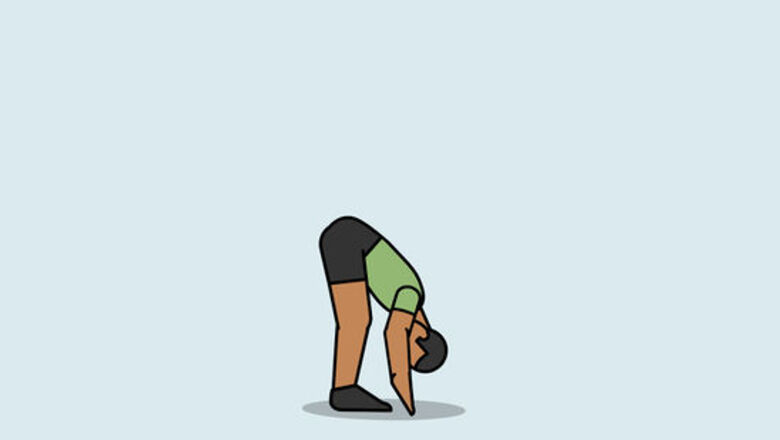
views
Doing Basic Lengthening Stretches
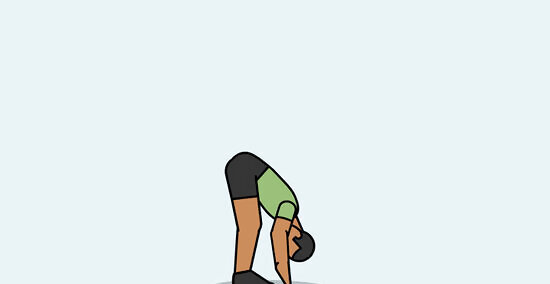
Touch your toes every day to strengthen your lower back and improve flexibility. Help your spine decompress by stretching it daily. Stand straight with your feet shoulder-width apart and bend your hips forward so your arms drop down. Keep bending until you feel tension and hold your hands down for 10 to 30 seconds. Tip: If you can't reach your toes, don't worry! You'll become more flexible if you stretch every day, so give yourself some time. Don't bend from your upper back or you won't stretch the lower back muscles properly.
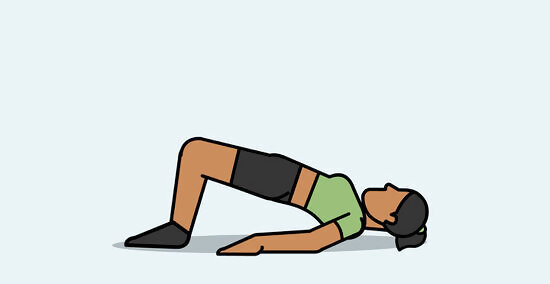
Try to do 5 to 30 bridge exercises a day to stretch your lower back. Lay flat on your back and keep your feet on the floor with your knees bent. Place your arms flat at your side and squeeze your lower abdominal muscles. Lift your hips while you keep your back on the floor and hold this position while you take 3 big breaths. Then, lower your hips to the ground and repeat the exercise at least 4 more times. Bridge exercises are also called pelvic tilts. They stretch your hip flexors, which can decompress your spine so you're able to sit or stand a little taller.
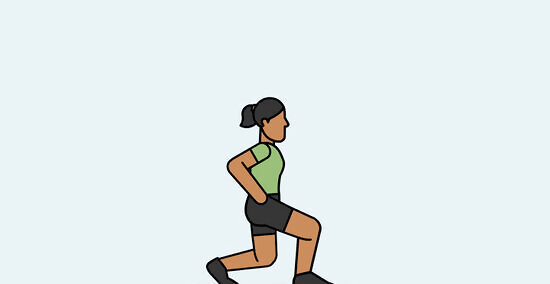
Include hip flexor stretches in your daily workout. Sitting throughout most of the day can push down on your lower back and hips. To stretch yourself out, especially after you've been sitting at a desk, put a cushion on the ground and bend 1 knee onto it. Keep your other knee in front of you so your leg is bent at a 90-degree angle. Then, lean your hips forward until you feel a stretch in your thigh and hold the stretch for 30 seconds. Repeat the hip flexor stretch 3 times for each leg every day. If you have a hard time kneeling, stay standing and slide 1 of your legs forward until it bends slightly. Then, repeat this for the other leg.
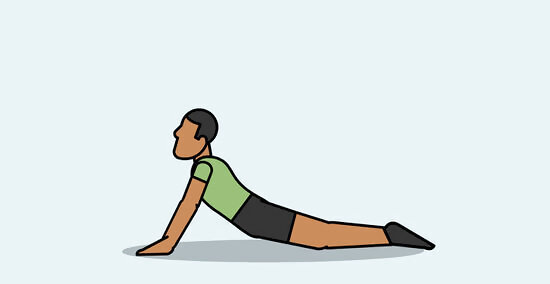
Practice the cobra pose to relieve back pressure and stretch out your spine. If you find yourself hunching your shoulders forward, take a minute to do a yoga pose that stretches your back out. Lie flat on your belly and keep the palms of your hands flat on your sides. Slowly lift your chest up while you straighten your arms and breathe deeply. Don't tense up the muscles in your lower back or bottom. Instead, relax to decompress your spine. To help your spine stretch out even more when you come out of the pose, get on all fours before you move down into child's pose.
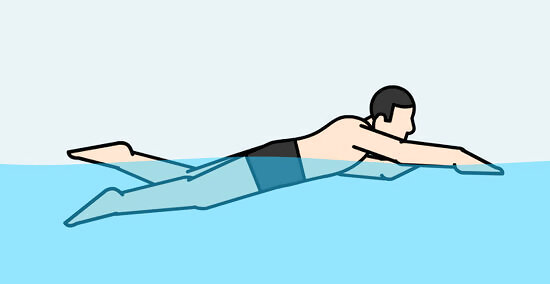
Exercise throughout the week to maintain your flexibility. There's not a specific sport or exercise that makes you grow taller. Instead, exercising regularly encourages your body to release human growth hormones and repair itself. Being physically active also helps you stay flexible, so it's easier to stretch out. Choose sports or activities that you enjoy so you're more likely to do them regularly. For example, try swimming if you want a low-impact form of exercise that also helps you stretch your arms, legs, and back.
Improving Your Posture
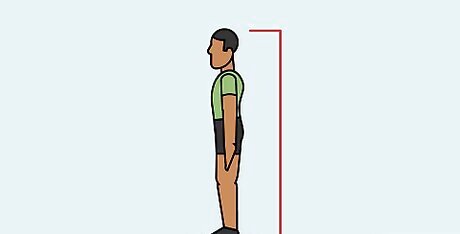
Stand tall while you imagine a straight line passing through your body. It's easy to shift weight to 1 foot or hunch over when you're standing, but this can actually make you look shorter than you are. To reach your full height, stand straight and keep your shoulders pulled back. Then, imagine that you can see a straight line going from the ceiling down through your body. Tip: To tell if you're standing straight, stand against a wall so your feet are a few inches in front of you. Your back, shoulders, and bottom should all be flat against the wall. Then, step forward to see if you can still stand straight. Imagine the straight line whenever you notice yourself slouching throughout the day. It will take some practice, but eventually, you'll stand straight and tall without even thinking of it.
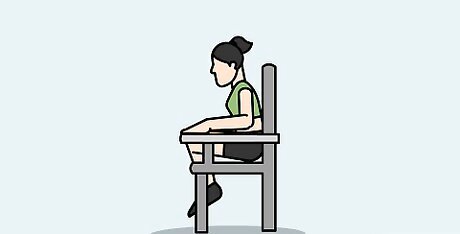
Sit with your feet flat on the floor and your back straight so you sit tall. Unfortunately, sitting a lot throughout the day can push down on your spine so you appear a little shorter. To prevent some of that pressure, sit in your chair so your feet are flat in front of you and sit so your back forms a 90-degree angle with your legs. It's also a good idea to get up and stretch or walk around once an hour so your muscles stay flexible.
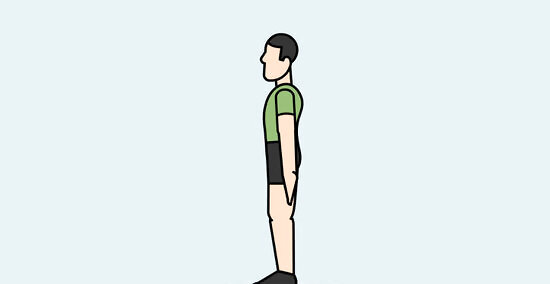
Do yoga or tai chi to help you align your spine. Stretching is important, but having good posture takes strength and flexibility. Practice yoga poses or tai chi movements to focus on your posture and how your body moves. You'll become more aware of how you sit, stand, and walk throughout the day. For example, stand up straight to do the mountain pose. Keep your feet together and stand so your weight is balanced across them. Hold your arms down at your sides while you draw your shoulder blades back. Breathe in and stand in the pose for 30 to 60 seconds.
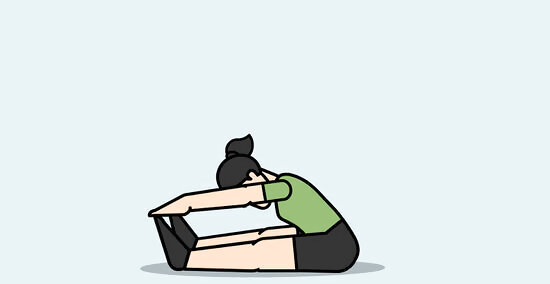
Learn Pilates to improve your flexibility and make you more aware of your posture. Although Pilates doesn't make you grow taller, it will make you more mindful of your posture. By standing tall, tucking your shoulders back, and practicing regular Pilates stretches, you can reach your full height instead of slumping forward. Check your local community center for classes they offer. You may be able to sign up for a beginner or intermediate Pilates class.
Making Healthy Lifestyle Changes

Include milk or yogurt at every meal to help you grow. Eating a healthy diet is key for growing to your full potential, but some dairy foods have been shown to be critical for growing tall. Try to eat about 3 servings of milk or yogurt every day.Tip: Milk and yogurt are high in calcium, which is important for building strong bones. To get other sources of calcium in your diet, eat broccoli, canned salmon, beans, and almonds. Cheese doesn't contain the same dairy proteins that are responsible for height growth, so stick to milk and yogurt. It doesn't matter if they're full-fat, low-fat, or nonfat.

Eat a balanced diet so you get the nutrients you need to grow tall. Your body needs a mix of protein, fiber, vitamins, and minerals so you can grow. The best way to get the nutrients you need is to eat a variety of healthy foods at every meal. Look at your plate and try to dish up: Fruits and vegetables, such as apples, dried fruits, salad, or steamed vegetables Whole grains, such as whole-wheat bread or brown rice Milk or yogurt Protein-rich food, such as beans, lean meat, eggs, nuts, or seeds

Avoid taking supplements that promise to make you taller. You may see nutritional supplements for sale that claim to help you grow tall. Unfortunately, none of these are federally regulated and supplements haven't been shown to increase height. Instead of taking supplements, focus on making healthy choices while you're growing. Although caffeine and alcohol don't stunt your growth, they can cause other health problems. Instead of reaching for an alcoholic or caffeinated drink, try milk which is proven to help you grow taller.
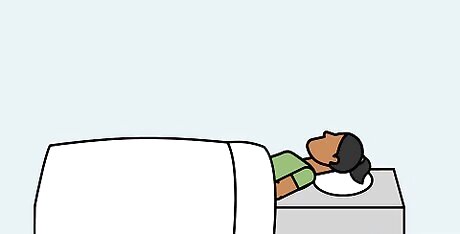
Get between 7 and 11 hours of sleep every night so your body can grow. Your body releases human growth hormone while you sleep, which is why kids need so much more sleep than grownups. If you're between 6 and 13 years old, try to sleep 9 to 11 hours a night. If you're between 14 and 17, get 8 to 10 hours. Adults need about 7 to 9 hours. Your body also repairs itself while you sleep, so you'll feel better after a full night's sleep.


















Comments
0 comment